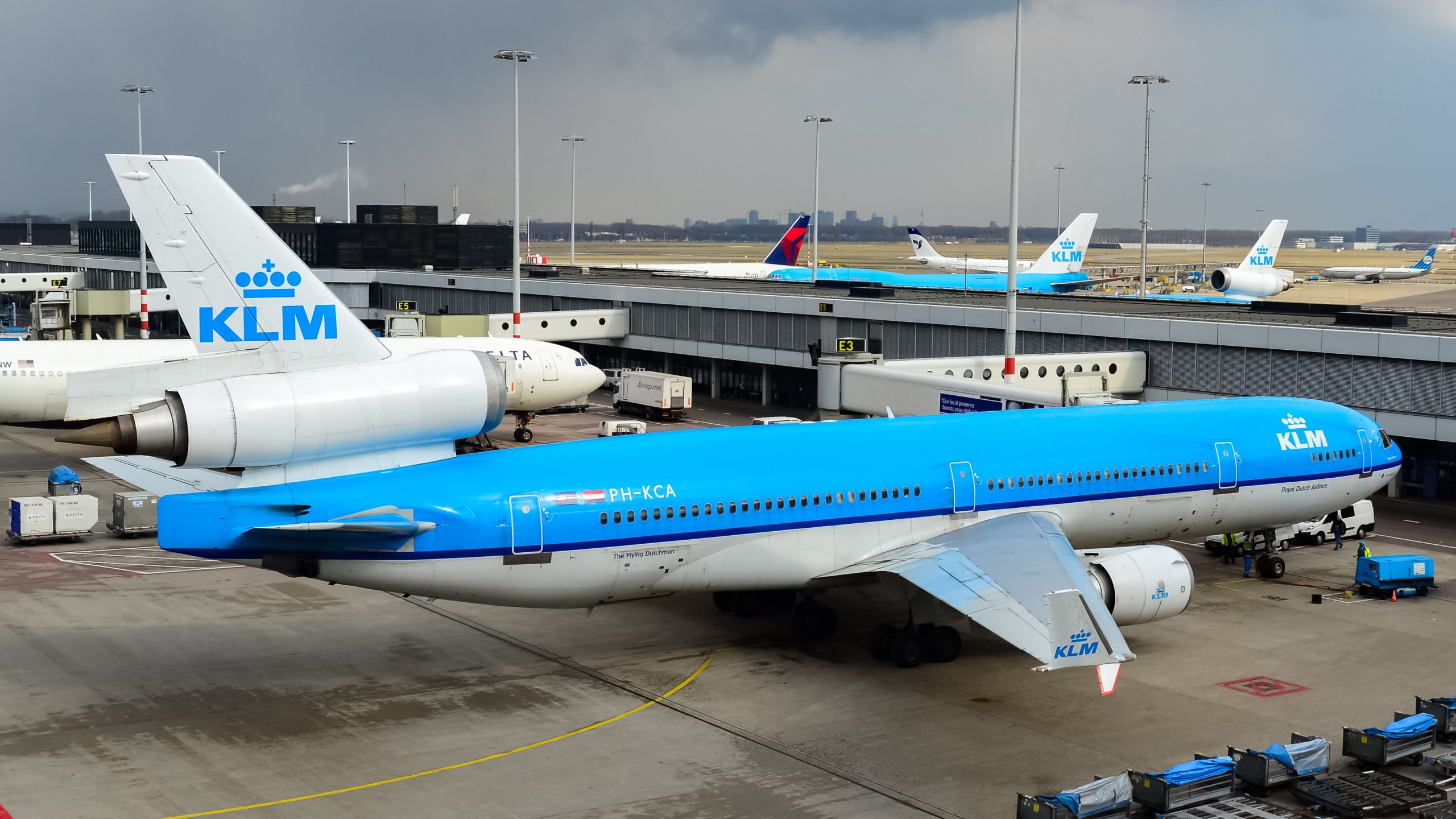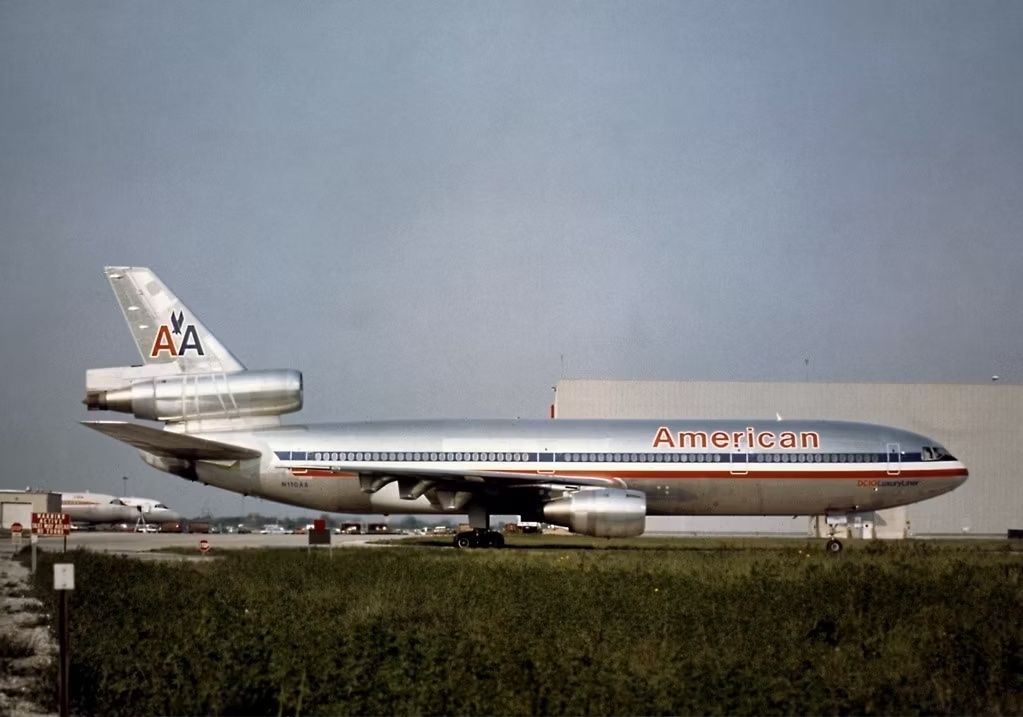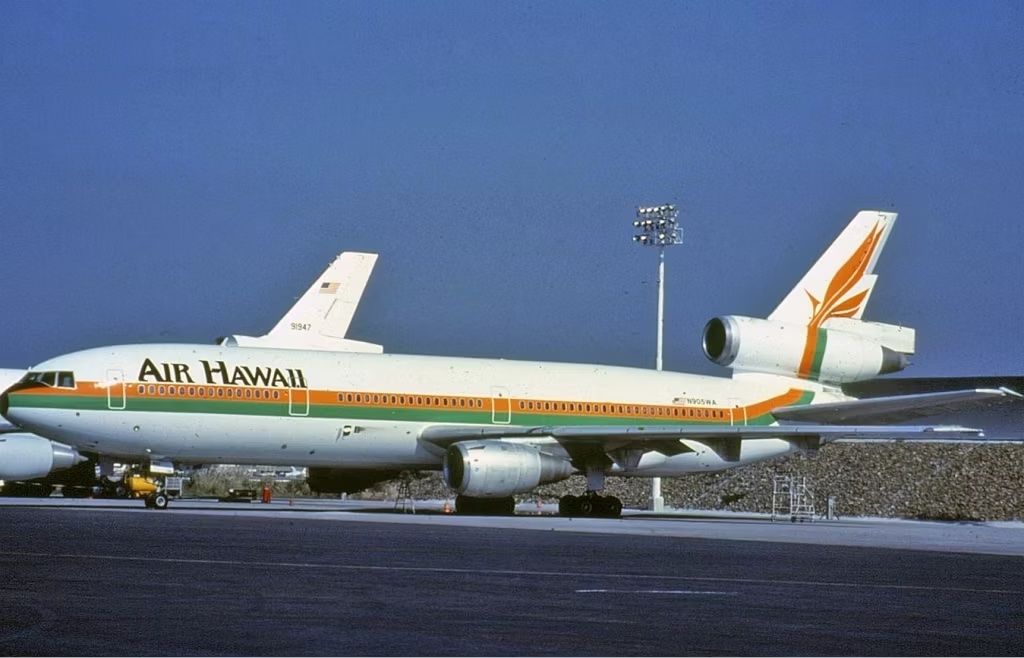Summary
- In the early years of long-haul aviation, regulators restricted flights based on the number of engines.
- Twinjets initially lacked the capacity and range for direct long-haul flights until ETOPS was introduced.
- With advancements in aircraft technology and higher ETOPS ratings, twinjets have become the aircraft of choice.
In the early years of long-haul aviation, piston engines powered most aircraft. These engines were loud and, more importantly, unreliable. For this reason, regulators within the aviation industry were sure to control where aircraft with few engines were able to fly. The Federal Aviation Administration (FAA), the primary authority for commercial aviation in the United States, famously implemented a rule that aircraft with two engines could fly no more than 60 minutes from a diversion airport.
As long-haul aviation became widespread, jet engines, which were far more reliable than their predecessors, were becoming the norm. However, due to the FAA’s 60-minute rule, aircraft with more than two engines were the only ones that could fly the most direct routes across the Atlantic or Pacific Oceans (which were much further than one hour from a diversion airport).
Boeing 747s, the jumbo jets of the time, were most commonly used for the highest-demand transoceanic flights. However, for lower-demand services, airlines only had one choice in order to reduce fuel costs and capacity: the trijet.
A perfect medium
In an era where Boeing 747s could carry up to 480 passengers, airlines had to ensure they were completely filling the jumbo jet’s seats in order to make a profit, especially given the high fuel costs of flying a four-engined plane. However, twinjets of the time lacked the capacity carriers desired and, more crucially, couldn’t fly the most direct routes across long stretches of ocean. It sure didn’t look like they were going to be able to any time soon, with FAA director J Lynn Helms famously saying the following quote in 1980:
“It’ll be a cold day in hell before I let twins fly long-haul, overwater routes.”
Thus, long-haul trijets, specifically the Douglas DC-10, McDonnell Douglas MD-11 (later manufactured by Boeing), and the Lockheed L-1011 TriStar, would prove incredibly popular with airlines. These jets fit exactly the role airlines wanted them to, as they had fewer seats and better operating economics than a Boeing 747 but could still fly the most efficient routings between long-haul transoceanic destinations.
The end had to come
While FAA director Helms may not have wanted twinjets to fly across oceans, the aviation industry eventually did. By 1976, the ICAO had granted permission for the Airbus A300 to cross sections of ocean water, such as the Bay of Bengal or the North Atlantic, using a new 90-minute rule.
Eventually, by 1984, the FAA rolled out a new system of certifications for twin-engine aircraft. This system, known as Extended-range Twin-engine Operational Performance Standards (ETOPS), allowed twin-engine aircraft to fly further from a diversion airport. In 1985, a Boeing 767-200 completed the first transatlantic flight using ETOPS certifications between Boston and Paris.
Over time, aircraft have gained higher and higher ETOPS ratings, and the Airbus A350XWB was even granted ETOPS-370 by European regulators, allowing it to effectively fly over the entire inhabited Earth. With long-haul transoceanic operations now possible for efficient twinjets, the era of less efficient trijets would ultimately come to a close.


